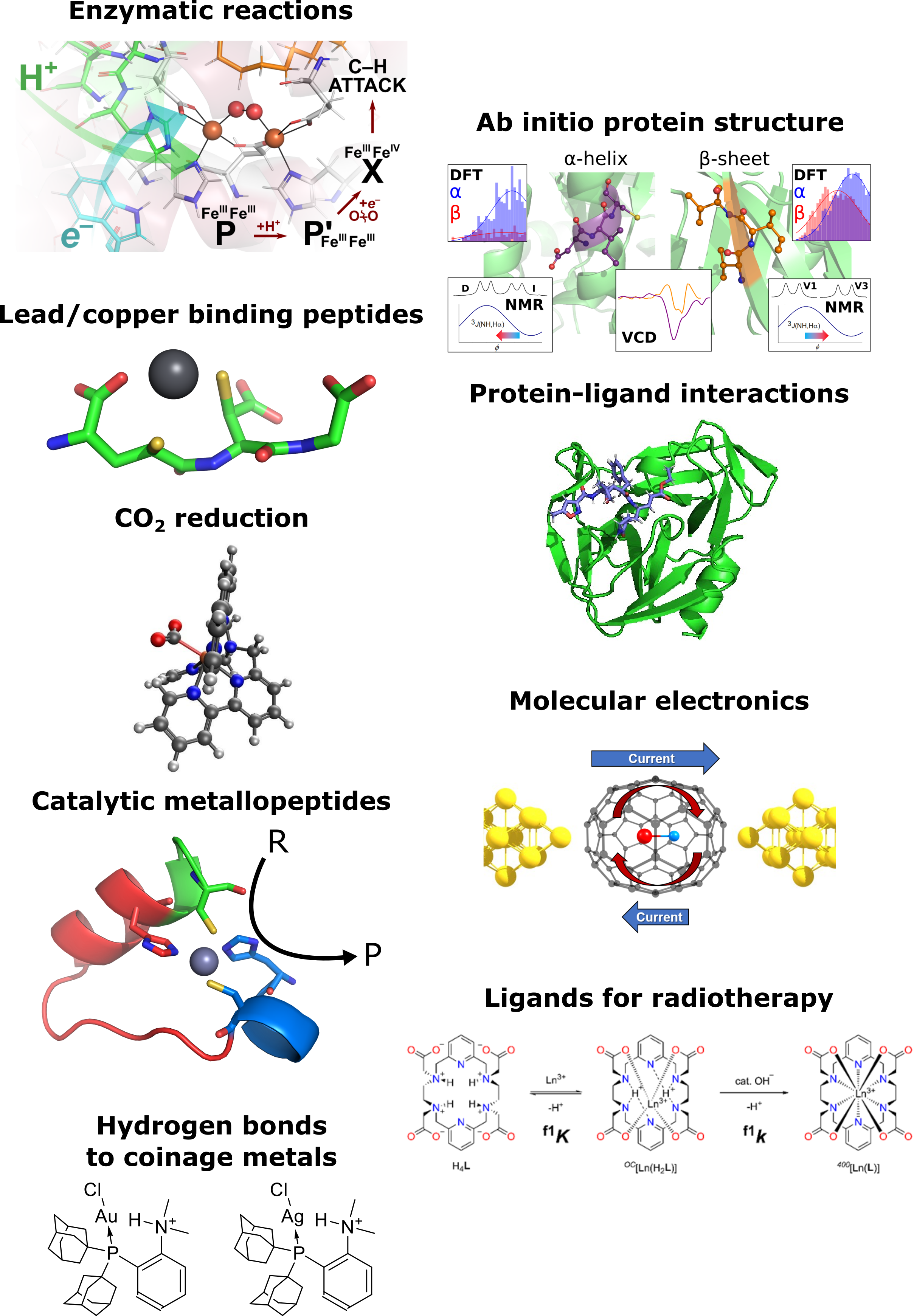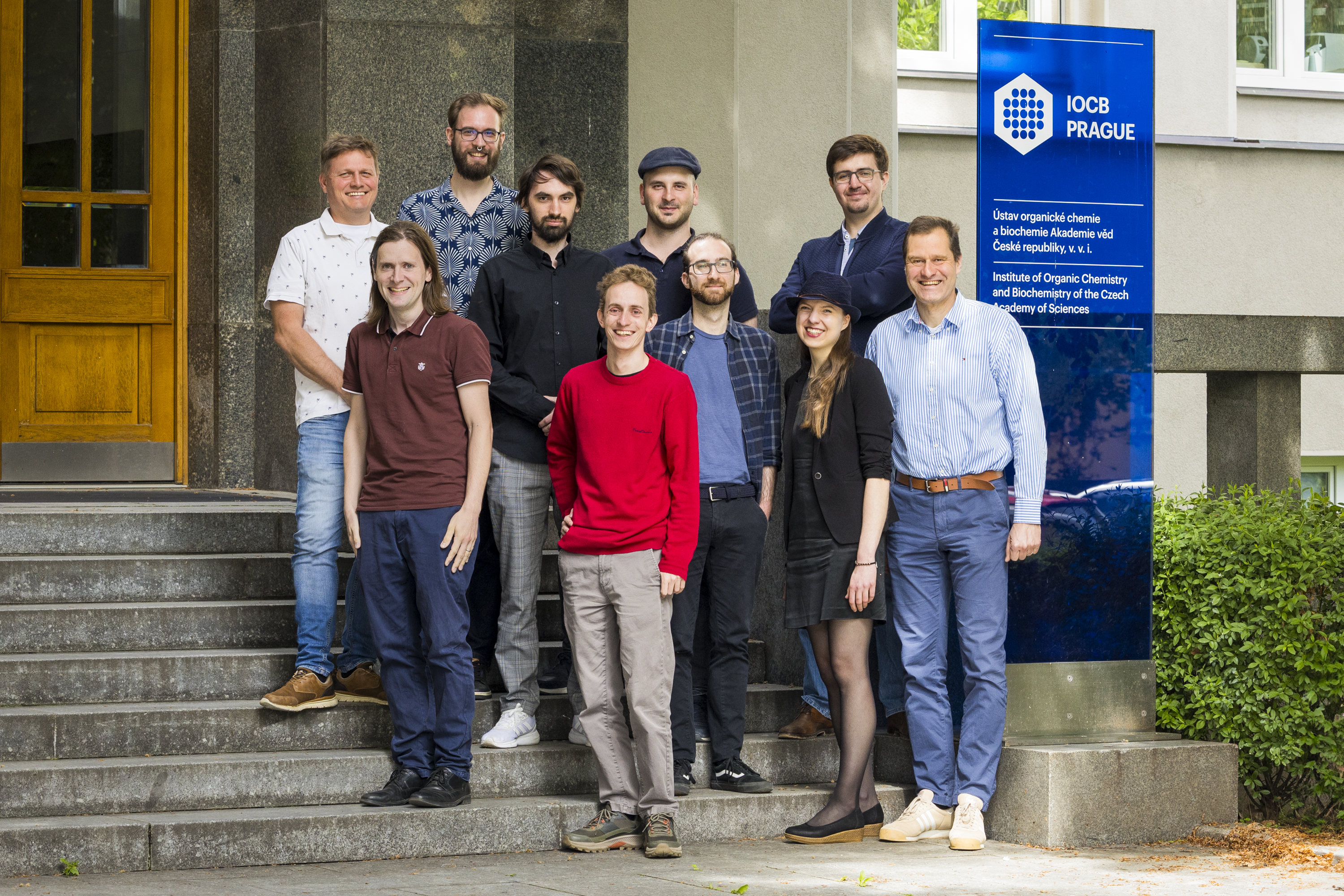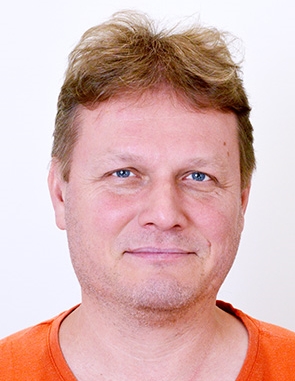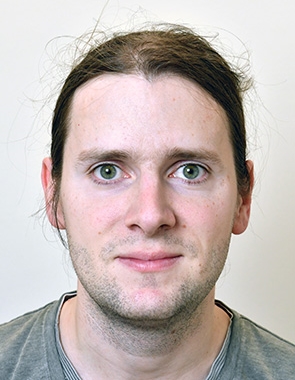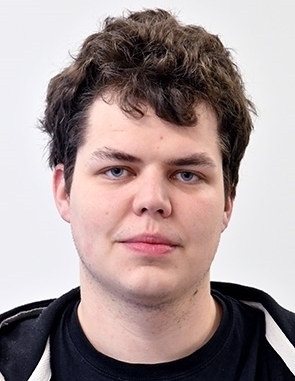About our group
Contemporary computational (bio)chemistry fully matches and complements experimental techniques and has therefore become an integral part of chemical and biochemical research. Thanks to the accuracy of QM and QM/MM methods and the existence of accurate solvation models, computations can be used not only to qualitatively and a posteriori interpret experimental data, as was the case in the 1990s, but often predict experimental results with quantitative accuracy. In the last two decades, our group has made several impactful contributions in the fields of theoretical bioinorganic chemistry (quantum entangled polynuclear copper or iron metalloenzymes), computational electrochemistry, protein-ligand interactions, metal ion binding to peptides, and in molecular electronics. The accumulated expertise and applicability of modern quantum mechanical methods to realistic systems, along with recent machine-learning approaches, may ultimately unleash their predictive power and lead to the delivery of material output in the near future. Computationally driven application-oriented (bio)chemical research is our main goal in the coming years.
